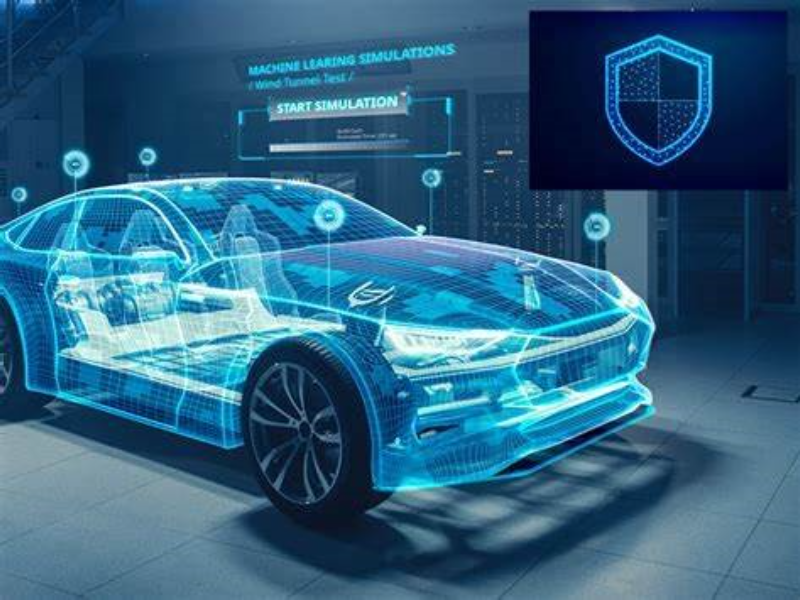- In the realm of automotive advancements, cyber security has become indispensable, safeguarding vehicles from external threats that could compromise safety, privacy, and functionality.
- Addressing automotive cyber security requires a comprehensive strategy, including robust encryption, regular updates, intrusion detection systems, compliance with regulations, and educating consumers on cyber hygiene.
In an era where vehicles are no longer mere mechanical conveyances but sophisticated cyber-physical systems, the concept of automotive cyber security has taken centre stage. From connected cars to autonomous vehicles, the integration of advanced technologies brings with it a host of new challenges and vulnerabilities that must be addressed to ensure the safety and privacy of drivers and passengers alike.
What is automotive cyber security
Automotive cyber security encompasses the measures taken to protect vehicles and their associated systems from cyber threats. It is the field dedicated to safeguarding in-car networks, software, controllers, and electronic components from external attacks that could compromise the functionality, privacy, and safety of the vehicle. With cars now featuring wireless connectivity, over-the-air updates, and complex sensor arrays, the need for robust cyber security protocols has never been more pressing.
Also read: Keysight and ETAS give automotive cybersecurity a green light
Why is automotive cybersecurity important
The significance of automotive cyber security cannot be overstated in today’s interconnected world. A breach in a vehicle’s cyber defences could lead to a range of dire consequences, including unauthorised access to personal data, theft of the vehicle itself, and even the manipulation of critical driving functions such as braking and steering. Given that cars are increasingly becoming an extension of the Internet of Things (IoT), the risk of them being used as a gateway to broader cyber-attacks also increases. Ensuring automotive cyber security is paramount to maintaining public trust in automotive technology and preventing accidents caused by cyber interference.
Also read: Is cyber security more valuable than computer science?
What are the different types of automotive cybersecurity attacks
Automotive cyber security attacks can manifest in various forms, each posing unique risks to vehicles and their occupants.
1. Remote access exploitation: Malicious actors gain control over a vehicle’s systems via wireless connections, potentially taking over functions such as acceleration, braking, and steering.
2. Data theft: Attackers target the vehicle’s infotainment system or connected devices to steal personal information, such as contact lists, location data, and financial records.
3. Denial of Service (DoS) attacks: These attacks aim to disable certain vehicle functionalities or entire systems, rendering the car inoperable or unsafe to drive.
4. Supply chain attacks: Vulnerabilities in third-party components or software can be exploited, allowing hackers to infiltrate vehicles through seemingly innocuous parts or updates.
How to combat automotive cybersecurity attacks
Mitigating automotive cyber security threats requires a multi-faceted approach, involving manufacturers, regulators, and consumers.
1. Implement robust encryption and authentication: Encrypting data transmissions and employing strong authentication mechanisms can prevent unauthorised access to vehicle systems.
2. Regular software updates: Over-the-air (OTA) updates can help patch vulnerabilities and improve security in real-time, keeping vehicles protected against emerging threats.
3. Intrusion Detection and Prevention Systems (IDPS): Installing IDPS in vehicles can monitor for unusual activity and block suspicious attempts to access the car’s network.
4. Compliance with regulations and standards: Adhering to international standards and regulations, such as the UNECE WP.29 Regulation No. 155, ensures vehicles meet minimum cyber security requirements.
5. Consumer education: Raising awareness among car owners about the importance of cyber hygiene, such as securing connected devices and regularly updating software, plays a crucial role in the overall security posture of vehicles.

